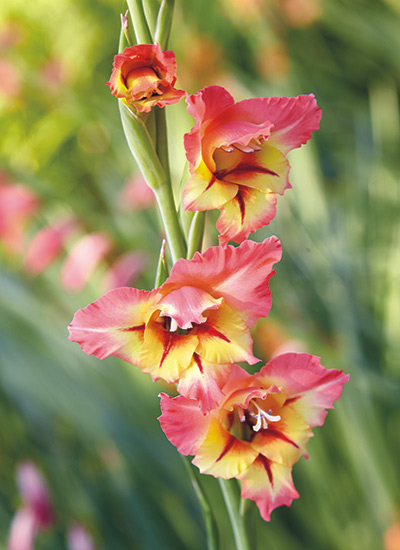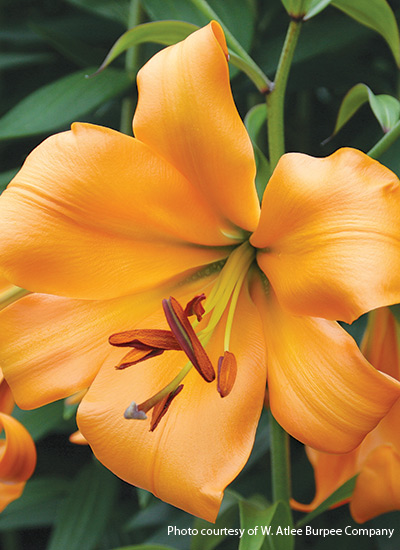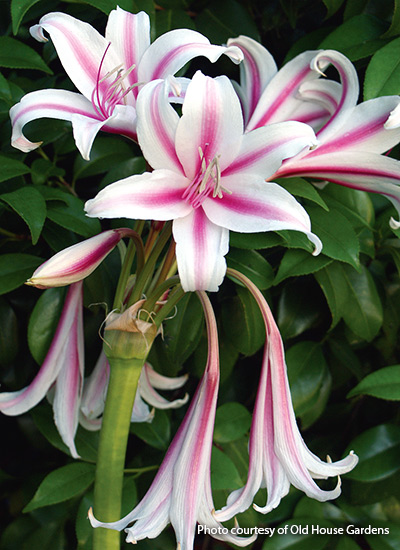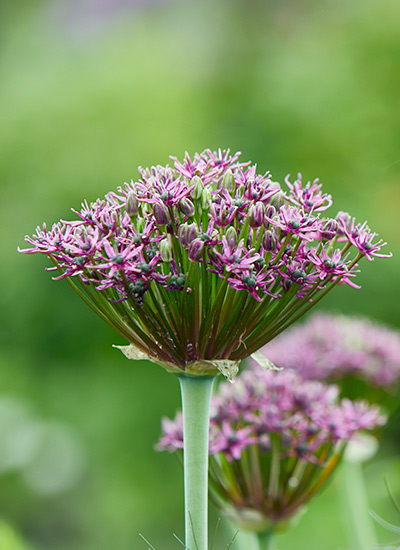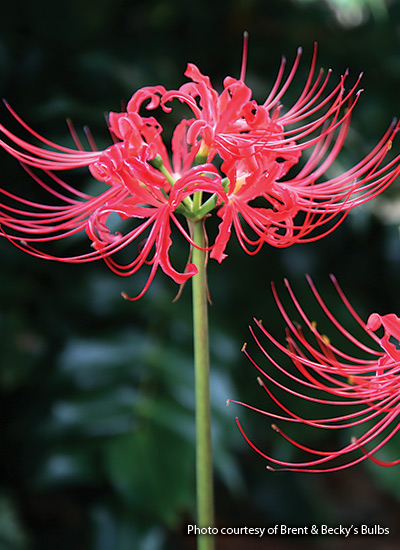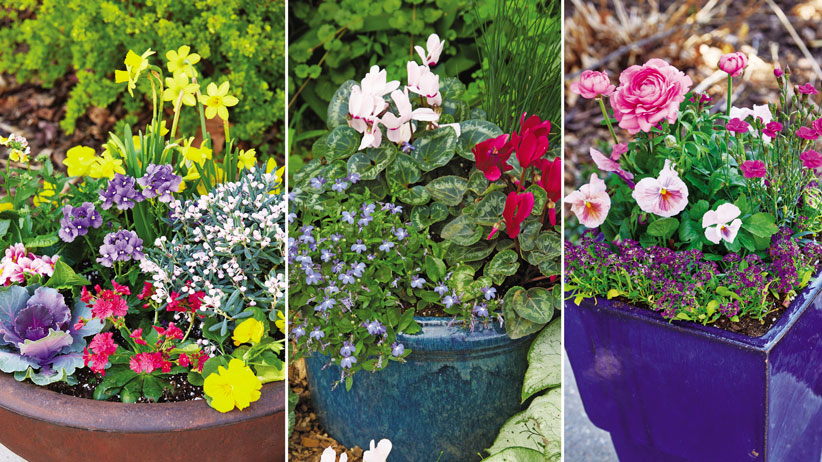
Heirloom summer bulbs
You know a plant is well-loved, timeless and a good addition to any garden if it has been zealously passed on and preserved from generation to generation. I love heirloom summer bulbs for their vivid presence, their splash of color and sudden appearance in the middle of a season when other plants are starting to whimper and fade. You can find them in elegant and over-the-top gardens, as well as planted in a line along the edge of a family’s vegetable patch, adding beauty to an otherwise ordinary spot.
You Might Also Like:
Best Places to Buy Bulbs Online
Best Heirloom Tomato Varieties to Grow
8 Tropical Bulbs for your Garden
Easy-to-Grow Heirloom Vegetables
What is an heirloom?
The term “heirloom” is defined a little differently from gardener to gardener. But there’s one element that fits the definition of heirloom: A plant that has been passed on through family members, neighbors or entire communities from generation to generation. Because they aren’t always widely available, growing heirloom summer bulbs can make you an important link in the chain that keeps these plants thriving. Does that feel like too much pressure? No worries. These plants are resilient and easy to care for — why else would they have lasted through the years so well? Just plant them in spring either in pots indoors to get a head start or in the ground after all danger of frost is past. Technically these plants are bulbs, corms or tubers, but I’ll use the general term “bulb” to refer to them all here in the care section just to make it easy.
Winter care for summer bulbs
Several of these heirloom summer bulbs are only hardy in USDA zones 8 and warmer and you can treat them as annuals in cold-winter regions. But you can also overwinter them indoors to continue the tradition of saving heirloom bulbs and save on your garden budget.
You Might Also Like:
How to Store Tender Bulbs in Winter
Find the Right Dahlia for Your Garden
How to Buy the Best Flower Bulbs
Garden Gate Magazine YouTube Channel
Growing bulbs in containers
The easiest solution for overwintering is to grow bulbs in a container that you can move in and out of a sheltered spot that doesn't freeze in winter, such as a basement or a garage connected to the house. If that's not an option, you can dig the bulbs in fall after a hard frost has zapped the foliage. Brush off the soil and cut the stems back to the bulb. Let them dry for several days to a week in a shady spot out of the rain to help prevent rot. Store the bulbs in a box or bag and keep it in a cool, dry place that won't freeze. I'll share some specific steps with each profile.
Get more summer bulbs with division
Most heirloom plants are preserved by collecting and passing along the seed, but it takes a long time to grow summer bulbs from seed. It’s easier (and quicker!) to dig up and divide plants where these heirloom summer bulbs are not cold hardy. It's easy to do:
- Wait until the flowers have finished then dig carefully around the clump.
- If the bulbs don't fall apart, pull bulbs away and replant them right away at the same level they were growing or share them with friends and family.
Favorite heirloom summer bulbs
Now let me show you seven of my favorite heirloom summer bulbs. I’ll walk you through care notes for each plant so you’ll be well-equipped to pass on the legacy from your garden.



